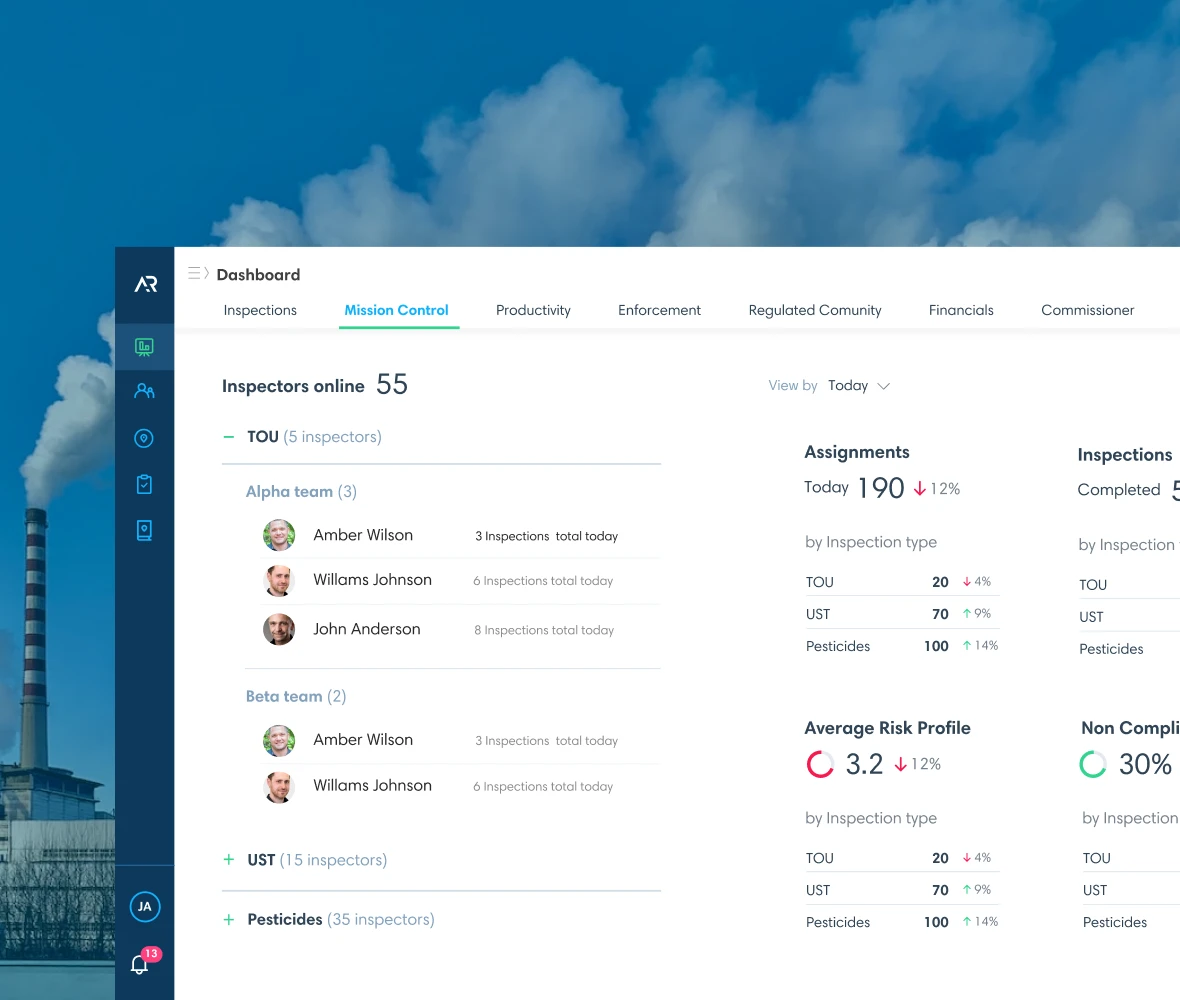Improve overall outcomes, efficiency, and competitiveness of your business
Align design strategy with business goals
Strategic thinking aligns design with business goals,
leading to better design outcomes and more effective
products or services.
Less wasted effort, more cost savings
Potential issues and design problems are identified
and addressed early on leading to fewer revisions and
efficient use of time and resources.
Better communication and collaboration
UX design strategy helps to establish a shared vision that promotes effective communication and collaboration among the design team, stakeholders, and clients.
Improved customer satisfaction
Understanding the needs of customers and aligning
the designs to meet those needs can lead to
increased customer satisfaction.
Create a lasting
business value
Ensure that the product or service is aligned with
industry trends and the needs of the target market to
increase competitiveness.
Our strategic design approach
Understand your business
As a UX design strategy agency, we start by understanding your industry, business model, product/service idea, and the market problem it will solve. Conducting discovery meetings enable us to understand your expectations, review digital product features and scope the project.
Ask thoughtful questions
Questions are the language of digital strategy and design. We ask thoughtful questions and listen intently to gather data about customer needs, industry trends, and existing solutions. It helps us to identify new opportunities and make informed design decisions.
Observe, prioritize and plan
We practice seeing the bigger picture — what’s your vision and why it’s important. We keep an eye out for issues that arise during the design process, prioritize the design problems and plan accordingly to ensure we are making the most impactful decisions.
Focus on outcomes
We take a problem-solving approach to identify the root cause of problems and generate potential solutions. Instead of conducting unfruitful workshops and discussions with no end result, we focus on the goals and tasks at hand and make sure we are executing.
Seek feedback, reflect, and iterate
We seek feedback from cross-functional teams and stakeholders and reflect on the design outcomes to identify areas for improvement. We adapt the designs and pivot when necessary to align the designs with the business goals and user needs.
Communicate effectively
Effective communication brings a lot of clarity. We structure the communication in a way that keeps the team focused on the core objectives and helps clients better understand the rationale behind the design decisions for effective collaboration.
Understand your business
As a UX design strategy agency, we start by understanding your industry, business model, product/service idea, and the market problem it will solve. Conducting discovery meetings enable us to understand your expectations, review digital product features and scope the project.
Ask thoughtful questions
Questions are the language of digital strategy and design. We ask thoughtful questions and listen intently to gather data about customer needs, industry trends, and existing solutions. It helps us to identify new opportunities and make informed design decisions.
Observe, prioritize and plan
We practice seeing the bigger picture — what’s your vision and why it’s important. We keep an eye out for issues that arise during the design process, prioritize the design problems and plan accordingly to ensure we are making the most impactful decisions.
Focus on outcomes
We take a problem-solving approach to identify the root cause of problems and generate potential solutions. Instead of conducting unfruitful workshops and discussions with no end result, we focus on the goals and tasks at hand and make sure we are executing.
Seek feedback, reflect, and iterate
We seek feedback from cross-functional teams and stakeholders and reflect on the design outcomes to identify areas for improvement. We adapt the designs and pivot when necessary to align the designs with the business goals and user needs.
Communicate effectively
Effective communication brings a lot of clarity. We structure the communication in a way that keeps the team focused on the core objectives and helps clients better understand the rationale behind the design decisions for effective collaboration.
Leading your business to success with our UX design strategy services
Discovery session
We conduct discovery sessions to grasp industry traits and understand your business idea, target audience, and the problem it solves. This informs the design process and establishes a shared understanding between the design team and stakeholders.
User research
Conducting user research allows us to gain a deep understanding of the target audience and their needs, challenges, and preferences. As a design strategy company, this enables us to design solutions that address user needs and concerns and can eventually help to increase digital product adoption.
Competitive report
As a part of our design strategy consulting, we review your competitors and evaluate their strategies to determine their strengths and weaknesses relative to those of your product or service.
UX audit
For an existing digital product, we study the heuristics and analyze the UX strengths, weaknesses, and pain points. It results in practical UX recommendations to take informed design decisions.
Crafting intuitive experiences with our fluid design process
Talk to our UX expert
Reach out to learn more about how UX design strategy can impact your business outcomes.
Book a call

Chintan Bhatt
Founder and Design Director, UXTeam
UX design agility that drives real
results for our clients
-
Digitizing medical records to enable people to take ownership of their health
-
Streamlining next-gen AR SaaS platform for environmental health & security insights
Design strategy FAQs
Do I need to be tech-savvy or design-savvy to be a part of design strategy discussions?
You do not need to be tech-savvy or design-savvy to be a part of design strategy discussions. The main focus of design strategy is on understanding the business goals and objectives, user needs, and industry trends, and aligning design decisions with those factors. This requires a strategic mindset and the ability to think critically and work collaboratively with cross-functional teams.
In the initial discovery meetings, we ask questions to grasp industry traits and understand your domain expertise, and business goals. If you’re tech-savvy, our questions might change but it doesn’t change the course of design decisions.
How long it takes to define the design strategy?
The length of time it takes to define a design strategy can vary depending on the complexity and depth of the project and the size of the organization. A small project with a clear set of goals and a well-defined problem space might take a few weeks to define a design strategy. A larger, more complex project with multiple stakeholders and a lot of uncertainty might take several months.
Estimating based on our previous projects, the length of time it takes to define a design strategy can vary between 1-3 weeks based on the needs of the project.
It’s important to note that the design strategy is not a one-time process, it’s an iterative one and it’s essential to revisit and refine the strategy throughout the project. As the design team learns more about the problem space and user needs, they may need to adjust the strategy to ensure that it is still aligned with the project goals and objectives.
What would be the next steps after the design strategy?
After the design strategy is defined, the next steps typically include sharing the final proposal, concept development, and design execution. We develop and iterate on concepts that align with the design strategy and create detailed design deliverables such as design systems, wireframes, prototypes, and visual designs that will be used to build the final product.
The later stages include testing, validation, and delivery. We test the design with users and stakeholders to gather feedback, validate the design decisions, and hand over the design files to the development team for implementation.
These steps may vary depending on the type of project and the design process used. Additionally, our process is iterative, meaning that some steps may occur in parallel, and some steps may be repeated multiple times in order to achieve the best possible outcome.
Can design strategy assist in determining the projected scope and cost of a project or product?
Yes, design strategy can assist in determining the design specification based on which the cost of a project or product is estimated. By defining the design strategy at the beginning of a project, we can identify the key problems to be solved, the user needs to be addressed, and goals to be achieved, which in turn can help to define the scope and milestones of the project.
By aligning the design decisions with the overall business goals, we ensure that the project is focused on the most important areas, which can help to control costs and make the project more efficient.
At which stage of product development should I conduct design strategy discussions?
Design strategy discussions can be conducted at any stage of product development — idea or concept stage, Minimum Viable Product (MVP) stage, or redesign of an existing product. it can be done even when the product is already launched but it will be more challenging to implement changes based on the results of the design strategy sessions.
It is most effective when design strategy sessions are done at the earliest possible stage of product development. This allows for a clear understanding of the problem space, user needs, and business goals, which can inform the development of the product and align it with the overall strategy.
Who will be involved in the design strategy phase?
The design strategy phase typically involves a cross-functional team that includes designers, project managers, stakeholders, and business analysts. The specific roles and responsibilities of the team members may vary depending on the project and the size of the organization.
Usually, our chief designer and business analyst are present during the design strategy sessions with the client. The chief designer collaborates with the client to understand their vision of the product, responsible for conducting research, developing concepts, and creating design deliverables. Business analysts are responsible for understanding the business goals and objectives of the project to create a design specification document, and aligning the design strategy with those goals.






